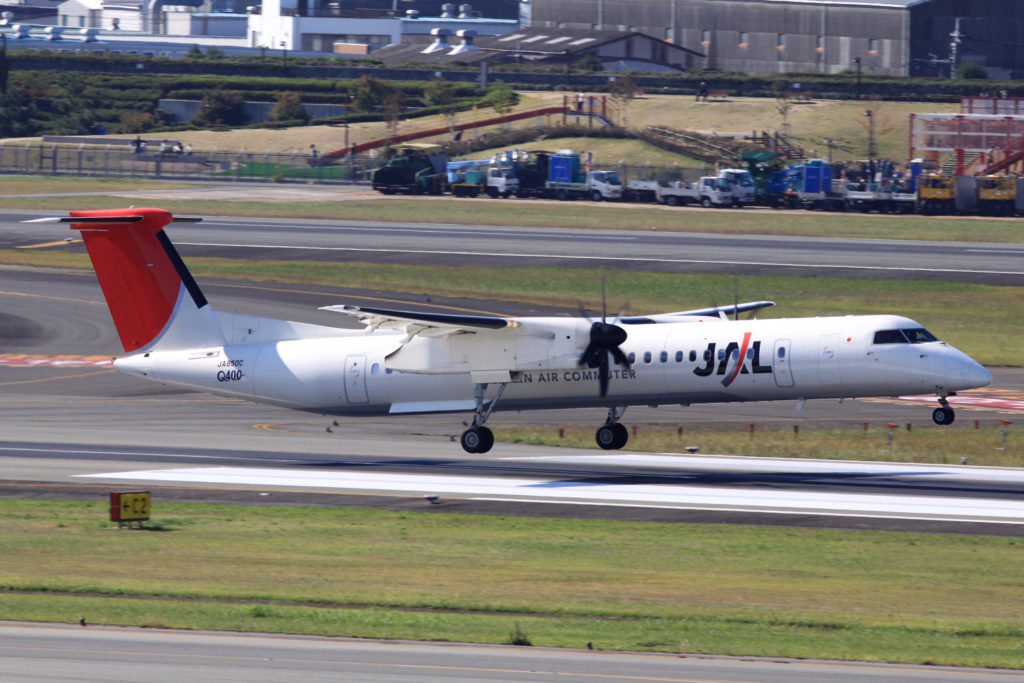Hokkaido Airports Explores New Opportunities Amidst Russian Airspace Closure

Hokkaido Airports, a pivotal player in Japan’s aviation sector, is navigating through challenges posed by the continued closure of Russian airspace by seeking to attract more passengers from the Asia-Pacific region, particularly Southeast Asia. This strategic pivot aims to counteract the lingering impacts of the pandemic and geopolitical tensions that have stifled the usual flow of travelers from Europe, North America, and Australia. The downturn in traffic from these regions, exacerbated by elevated fuel costs, has prompted the airport group to explore new avenues for growth and connectivity.
Kenjiro Karahashi, the general manager for aviation business development at Hokkaido Airports, has been at the forefront of initiating dialogue with airlines and airport authorities in Vietnam and Indonesia. These discussions focus on establishing direct flight connections to Hokkaido, a move that would mark a significant expansion of the airport’s network, considering the current absence of direct flights from these countries. The strategy includes a phased approach, starting with charter flights, with the ultimate goal of introducing scheduled services that are both profitable and sustainable.
The pre-pandemic period saw Chinese tourists making up a substantial portion of the airport’s passenger volume, but the landscape has since shifted. South Korean visitors now dominate the traffic, followed by travelers from Taiwan and China. In response to these changes, Hokkaido Airports is not only concentrating efforts on its primary hubs but also promoting secondary airports within the island, such as Asashikawa and Hakodate. These airports have experienced a surge in charter flights, particularly Asashikawa, thanks to its proximity to Sapporo. The overarching goal is to enable all seven airports under its management to facilitate international traffic consistently, although the timeline for this ambitious plan remains undefined.
Additionally, Hokkaido Airports is turning its attention to the broader implications of climate change on its operations. Recognizing the potential impact of global warming on snowfall patterns in the renowned Nisekko snow resorts, the group is initiating studies to assess how these changes might influence future travel trends and airport traffic. This proactive approach reflects an understanding that shifts in climate conditions could redirect tourist flows to other regions, necessitating adaptive strategies for airport management.
Despite the challenges faced at the beginning of 2024, including significant snowfall, Hokkaido Airports has managed to maintain operational stability without a notable increase in flight disruptions. This resilience underscores the group’s commitment to navigating through adversity, leveraging strategic market diversification, and embracing environmental stewardship as key pillars of its path forward.
